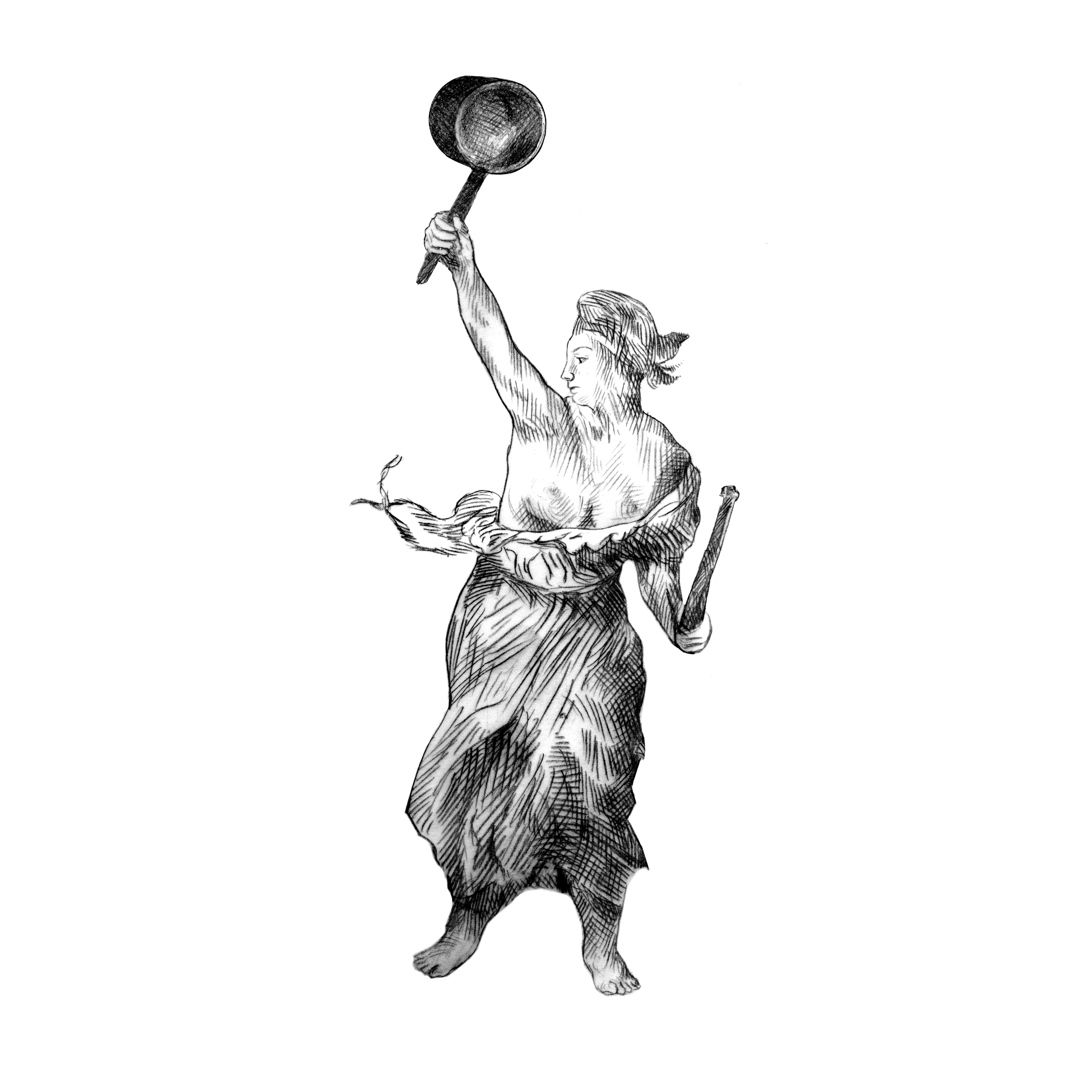
The art of the strike in Colombia
The arts have had a central place in the way the strike has occurred in Colombia, both in the demonstrations and in the antecedents that led to it.
The national strikes of the proportions we have seen in America in recent months stem from the accumulation of a variety of malaises.
In the case of Colombia, the slowdown of the economy, the growth of violence and unemployment, a series of tax and pension reforms that have been widely rejected by the population, the murder of 18 children by the army during an operation against FARC dissidents and three events of abuse and censorship against artists prior to the start of the national strike are all factors.
The first two cases occurred as a result of murals that raised strong questions about national politics. The first case occurred in September of this year: artists Lucas Ospina and Power Paola portrayed Donald Trump as a puppeteer, controlling former Colombian President Álvaro Uribe, who in turn controlled the current president, Iván Duque. This mural was part of the 45th National Salon of Artists and was made on one of the outer walls of the Centro Colombo Americano in Bogotá, an institution that works on cultural ties between the United States and Colombia.
The day after the mural was made, it was covered with white paint due to instructions from the institution’s directives. The public was indignant that the mural was censored, as well as the artists, who wrote what corresponded to each erased image along with people who spontaneously left traces of their discomfort.
The second mural, called "Who Gave The Order?," was being created on Oct. 18 when it was interrupted by the police and army. It included portraits of high Colombian military officers and the number of people killed under the dynamics known in Colombia as "false positives," which consisted of the murder of civilians between 2000 and 2010 to pass off their bodies as militia killed in combat and thus give the illusion that the military forces had been efficient. This graffiti, which was part of the #CampañaPorLaVerdad initiative, led by 11 human rights organizations, was also covered with white paint. However, the image survived in digital form and went viral through social networks.

Again, this form of denial of an image that expresses such a deep malaise in Colombian society raised loud complaints and questions.
The third of the elements related to culture that contributed to the unrest against the Duque government consists of the raids on independent media, graphic collectives and artists' workshops that were held on Nov. 19, two days before the start of the national strike. These raids were carried out with orders from the prosecutor's office, but their procedures were irregular. Supposedly, their objective was to find explosive material and graphic materials that would incite violence during the Nov. 21 marches. None of the places raided in Soacha, Bogotá, Cali or Medellín found such elements.
The reactions on the part of the artists were not long in coming. Numerous artists have taken to the streets and digital media to express opposition to the current government, but also to enrich the language and resources with which citizens protest, including everything from songs that have become frequent harangues during the march to a monumental "symphonic pot" that brought together more than 300 musicians who performed Beethoven's Ninth Symphony, puppets that only turn to the left "because to the right 'nor for the whores'", letters from poets to the president and dozens of illustrators who have put their images at the service of all, among dozens of other examples.
RELATED CONTENT
The intense and diverse response of the artists in the country has contributed to the fact that the marches continue to be dynamic and to facilitate spaces for expression among a population that, for the first time in decades, is learning to walk side by side without being afraid of each other and claiming their rights in the midst of their differences.
Here is a small selection of some of those acts of resistance made art:
Colectivo El Paro Suena
De esto te hablamos
The Pot Guiding the People












LEAVE A COMMENT: